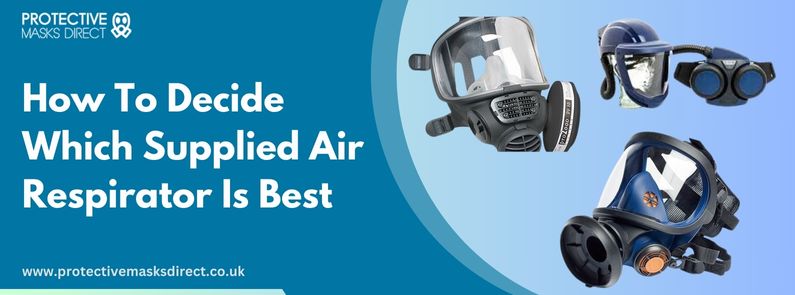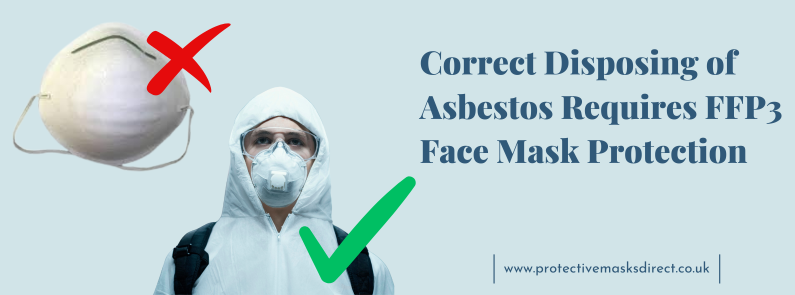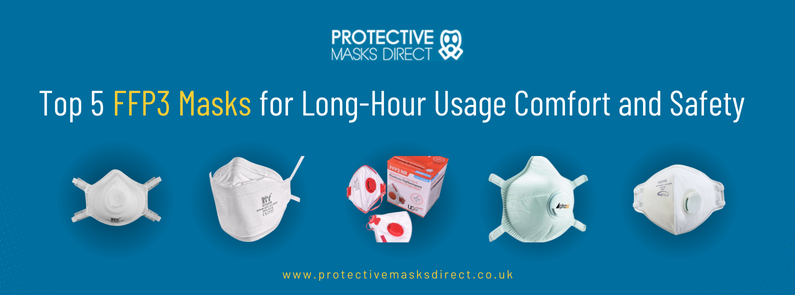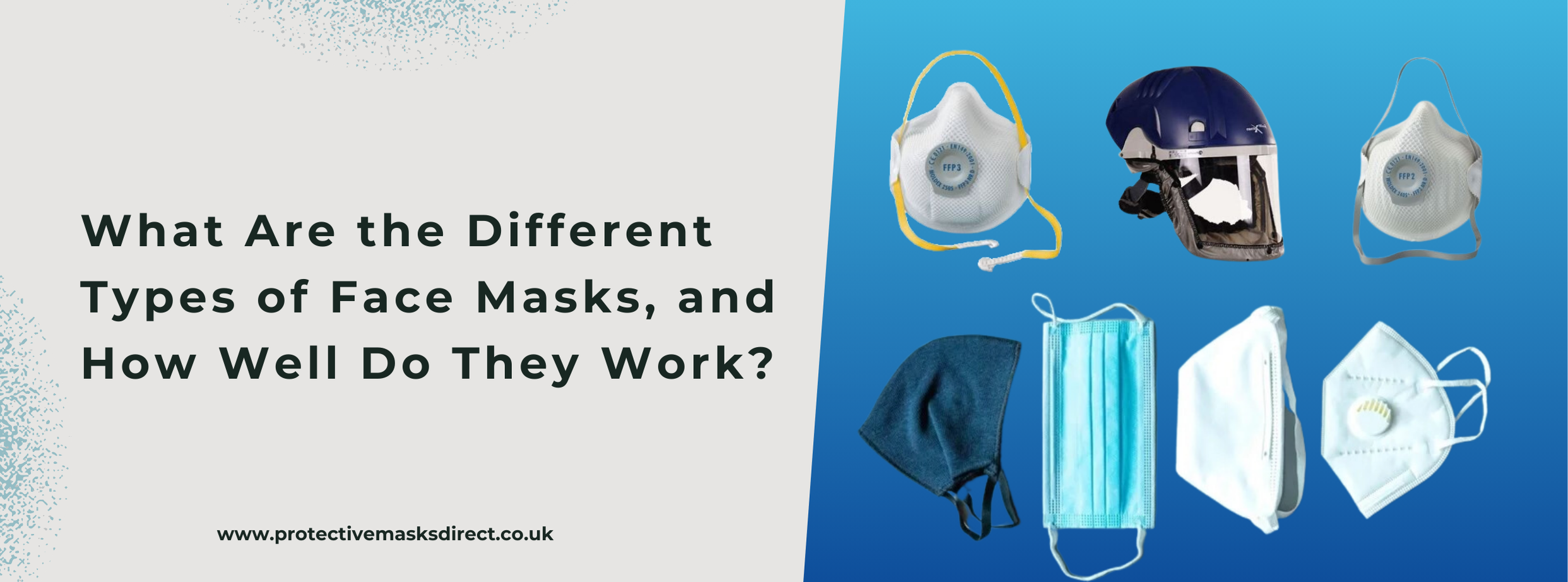
As the people rightly say, "Don't be safety blinded, be safety minded", because safety comes first, regardless of which industry you are working in. However, this especially applies to workers who work in industries or businesses where the environment around them is filled with dust and harmful particles.
While working under hazardous conditions, it is important to safeguard yourself properly with optimal respiratory systems that are both protective and comfortable. This is where a powered air respirator comes into play, and this blog focuses on how to choose the perfect respirator mask.
Understanding Supplied Air Respirator
A supplied air respirator is personal protective equipment designed to provide clean air even in contaminated and toxic work environments. Industry workers, such as construction and mining engineers or professionals who work in oxygen-deficient conditions, would find it difficult to work without supplied air respirators.
In the SARs, the unpolluted air is supplied through an airline hose pipe or compressed air tanks (Self-Contained Breathing Apparatus) connected to the respirator. There are usually two types of SARs:
1. Continuous Flow SAR
This type of mask provides a continuous stream of air to the respirator mask from an external source, such as a compressor or pressurized tank.
2. Pressure Flow SAR
This type of SAR supplies air only when the wearer inhales. It causes the creation of pressure inside the mask, which is higher or lower than the outer environment. This type of respirator mask requires a tight-fitting facepiece.
Types of SARs
SARs are usually used in 3 common situations: in a contaminated environment where the air is harmful to health, environment with reduced oxygen levels, and confined entry space. Besides, the SARs can be equipped or paired with different types of helmets and hoods to protect the wearer from toxic air.
Here are the four different types of SARs that you can choose from:- Full facepiece helmet
- Loose fitting hoods
- Half-face or full-face mask
- Integrated helmet or visor system
Choosing the correct supplied air respirator will require you to analyze several factors, including the work environment, atmospheric conditions, space, and the type of risk or hazards you face while working. Your respiratory masks should not only satisfy environmental conditions but also give you a comfortable experience while executing tasks effectively.
Necessary factors while considering a proper respiratory mask:
- Hazardous Environment
- Fit and Comfort
- Exposure Limit
- Mobility Requirements
- Maintainance Cost and Availability
- Maintenance and Training Requirements
You must understand the risks you are exposed to. These can include working with dangerous substances, fire, mining, confined spaces, threat scenarios, or working under low oxygen levels. For instance, if you are working in confined spaces, you will have to go with a lightweight and compact SAR system for comfort.
This is an important factor because you will wear the mask almost all the time, and the mask should be comfortable for you. Besides, a proper fit is essential for the mask's effectiveness. Ensure the shape and size of the face pieces are compatible with your other safety gadgets, like goggles and helmets.
Your respiratory mask should be worn according to the duration of your work. Devices with compressed air tanks can provide clean air for no more than 45 minutes, while a hose system can provide clean air for a longer period.
Do you execute your task within a defined radius, or will you switch locations? Remember, there is a fixed system and portable air-fed respirator masks. Also, the air hose length will be a maximum of 300 feet, and it should be considered while making the decision.
While selecting a respirator, you must evaluate the purchase cost, including maintenance and replacement parts. Cost should not be the primary factor, but still, if you can find the best SAR at cost-effective rates, then you should go for it.
Maintenance of battery powered air fed masks or SAR is important to maintain their efficiency, and that's why you should be well aware of the maintenance required by a particular SAR. For instance, some SAR may require frequent replacement of parts. Also, training is required to clean the respirator mask timely and the more complex the system, the longer the training would be.
Which is Better: Supplied Air and Powered Air Respirators?
There are several risks when a worker is exposed to airborne contaminants, and it is hence important to choose a perfect respiratory mask that meets your safety requirements. You can choose between SAR and air-fed respirator mask, and here is what makes them different and unique from one another:
- A supplied air respirator (SAR) contains a compressor that pulls air from outside the user’s working space. A number of filters are then used to ensure all impurities in the air are removed. The clean air is then passed to the user's headwear. However, the SAR slightly restricts the user's movement as it is connected to the airline.
- A Powered Air Purifying Respirator (PAPR) allows users to move freely. It contains a battery-powered blower that pulls the air from the user's immediate working space. The air passes through several filters before reaching the user's headwear.
The Bottom Line
Are you struggling to find the right type of respirator mask for yourself? Then, you can visit Protective Masks Direct, which is a one-stop shop for all types of protective gear, from protective masks to clothing.
We have been providing respiratory protection (RPE) and personnel Protective Equipment (PPE) to businesses, healthcare, and governmental institutions for over 18 years. We have offered our services during the deadliest epidemics and pandemics of the 21st century, including the SARS breakout and Avian influenza (H5N1), MERS, and COVID-19. We take care of your safety and deliver products with the highest certified levels.




